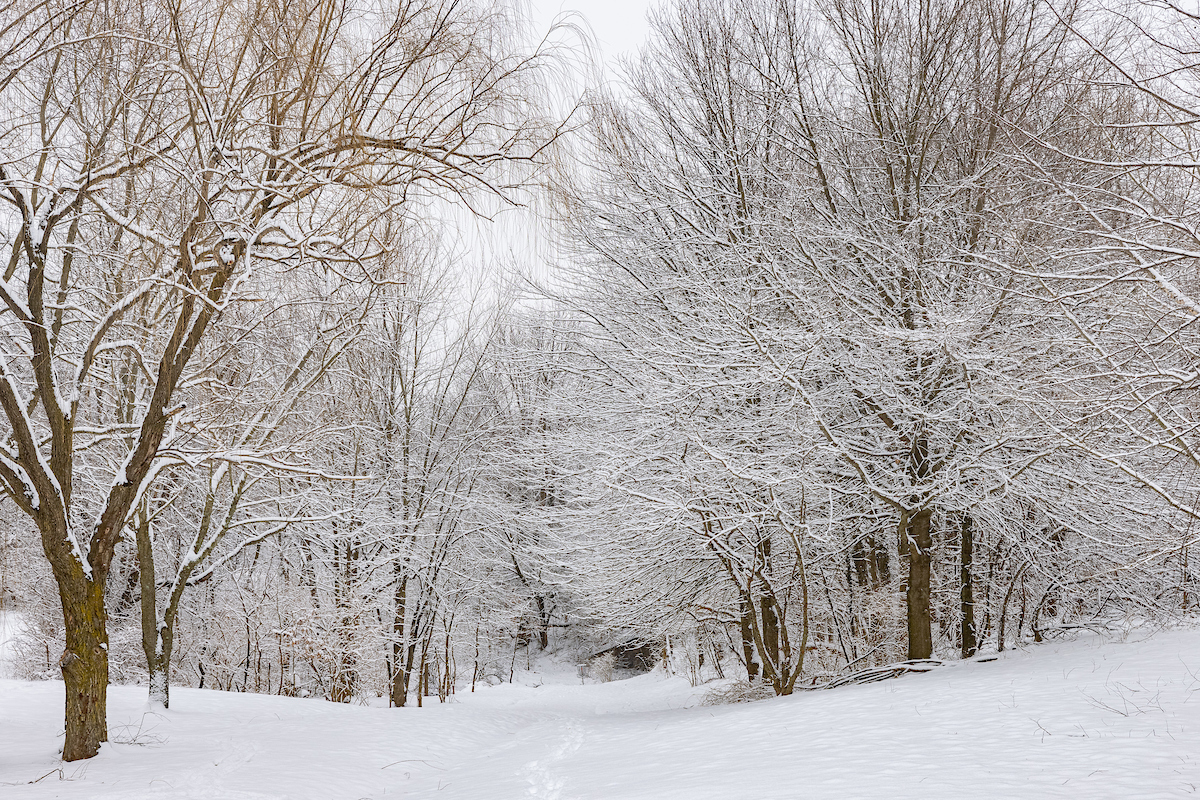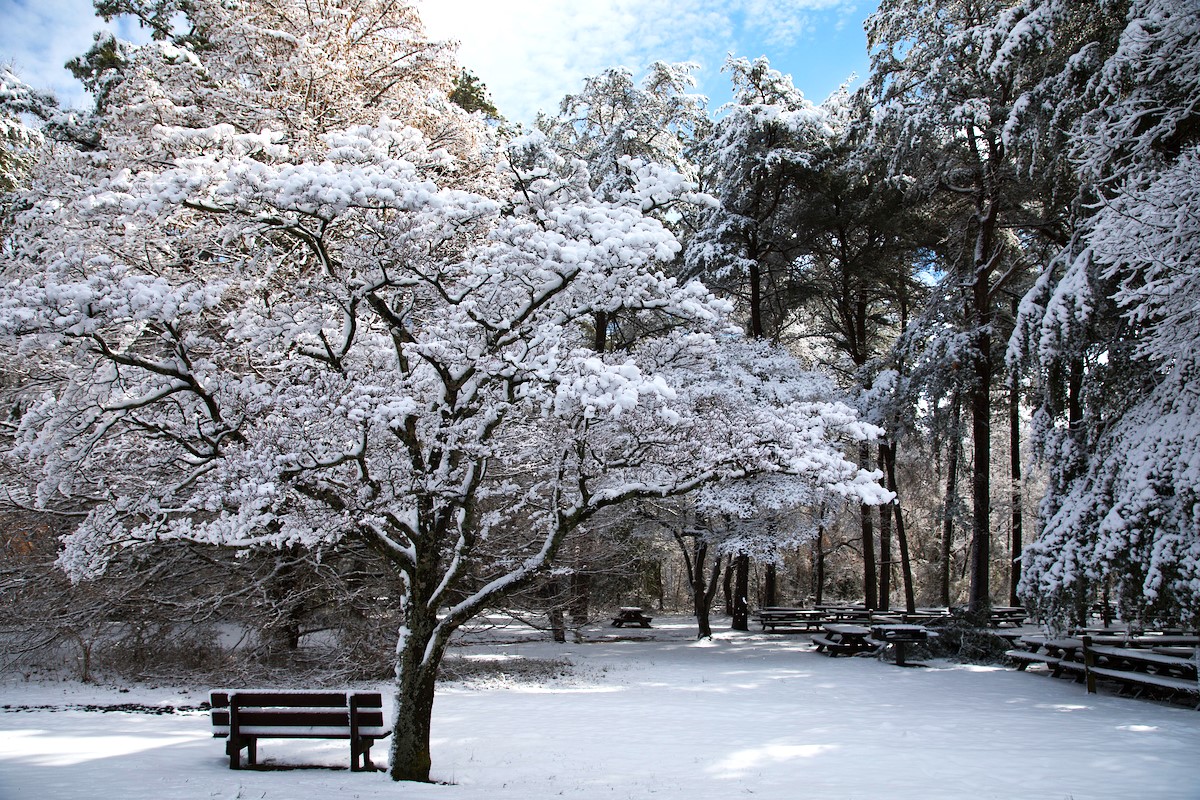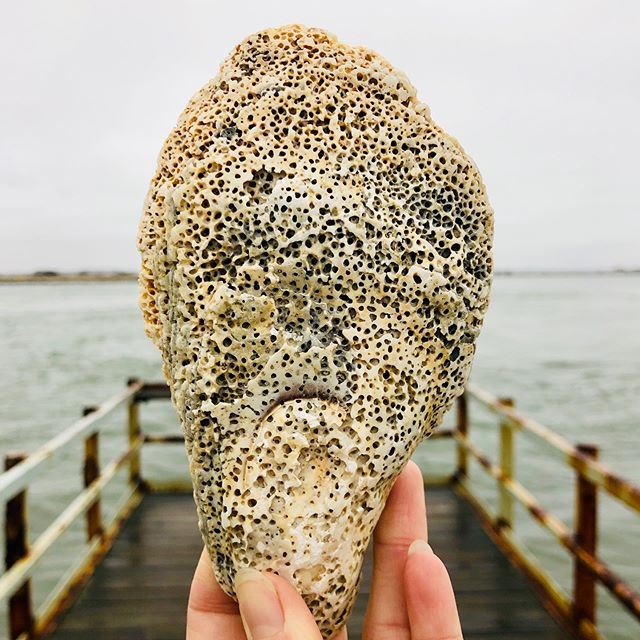
June 27, 2019
Created by: Brea Wells, Marketing intern at Delaware State Parks, in collaboration with Delaware Seashore State Park
If you’ve ever walked along the shore of any beach and picked up a beautiful shell or a unique piece of beach glass along the way, then you have been beachcombing! Beachcombing is an activity of finding items along your walk on the beach. Here at Delaware State Parks, there many surprises to be found while beachcombing our shore. Check out these 7 things you may find while walking along the beach, and remember to practice responsible beachcombing and Leave No Trace while walking on the Delaware Beaches. These fascinating finds are part of the beach ecosystem, so make sure to leave everything you find!
Knobbed Whelks and Opercula
These beautiful shells are more than just pretty outside! On the inside of knobbed whelks are operculas which act as a “trap door” to keep saltwater in and YOU out! These creatures can eat crabs, clams, and mussels so the next time you pick one up, think about what it ate for lunch!

Knobbed Whelks and Opercula
Horseshoe Crabs
Did you know that horseshoe crabs are completely harmless to us and are a keystone species in the Delaware Bay ecosystem? They’re not even true crabs and are more closely related to spiders! If you ever find yourself around a horseshoe crab, don’t be afraid – pick it up and be sure NOT to hold it by its tail!

Female Horseshoe Crab next to her eggs

Horseshoe Crab
Yellow Boring Sponge
Have you ever seen a shell like this? These holes found in clams and oysters are the result of a yellow Boring Sponge. This parasitic species of filter feeder makes their home by “drilling holes” into thick shells, weakening the host creature. Next time you spot a shell like this, remember the fight for survival can come in different shapes and sizes!

Yellow Boring Sponge
Eastern Mud Snail Eggs
Found in abundance in our inland bays, the Eastern Mud Snail thrives on Delaware’s intertidal mudflats and subtidal zones. The coolest thing about these creatures: their unique response to vibration. Put a mud snail in your palm, place your chin on your hand, and hum loudly; these little things will usually move and wiggle out of their shell!
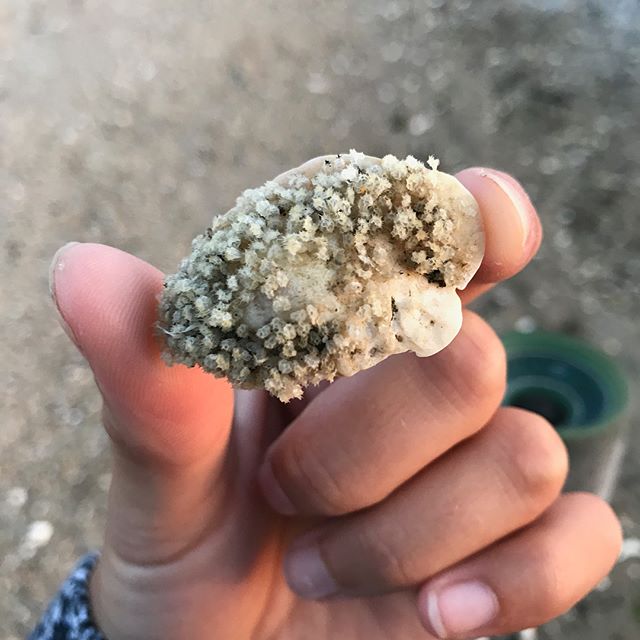
Eastern Mud Snail eggs
Stout Tagelus
Walk along our bay beaches and you may spot these mollusks beneath your feet. This species is critical in our marsh ecosystem food chain

Mollusks
Long-Clawed Hermit Crab
Long-clawed hermit crabs are sometimes considered a fun summer pet at home in their cages, but when out in their natural habitat they scavenge for dead animals. This opportunistic species is always on the lookout for a new shell as they grow.

Long-legged hermit crab
Atlantic Blue Crab
Did you know that Atlantic Blue Crabs are ocean travelers? They start their life in the deep ocean and spend larval stages fighting through offshore waters. When crabs finally reach bay waters as juveniles, they develop in intertidal marshes and soft sediment. Once grown as adults, they hide in submerged aquatic plants and crawl along our bay beaches. Nice to know how our food makes it from bay to table!
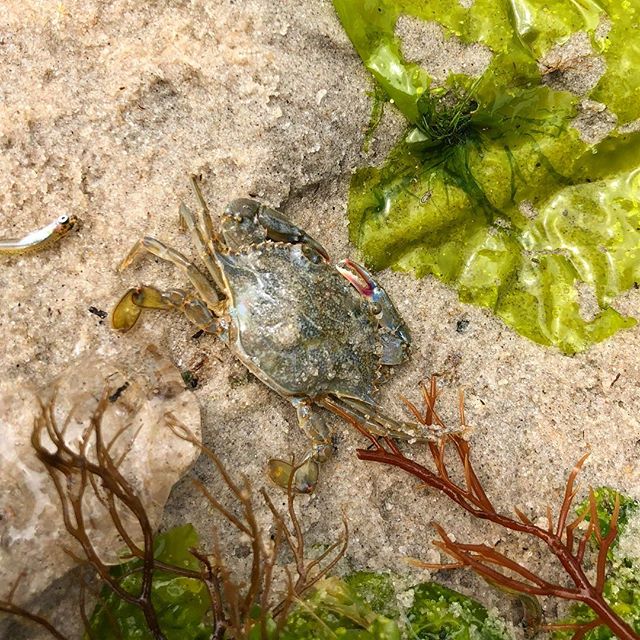
Atlantic Blue Crab
Visit our beach parks at Cape Henlopen State Park, Delaware Seashore State Park, and Fenwick Island State Park to try beachcombing for yourself! Our beach parks also offer guided beachcombing programs!
